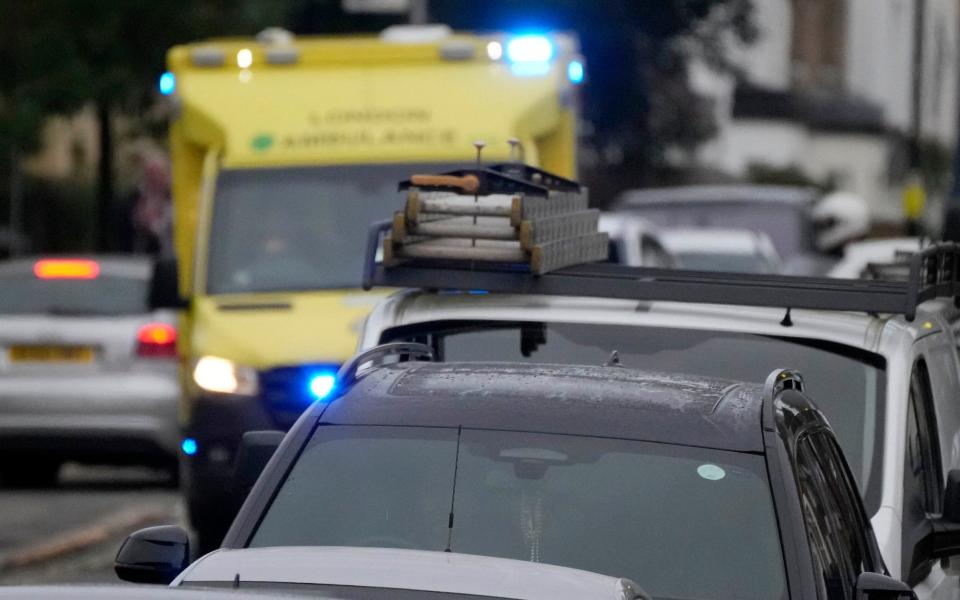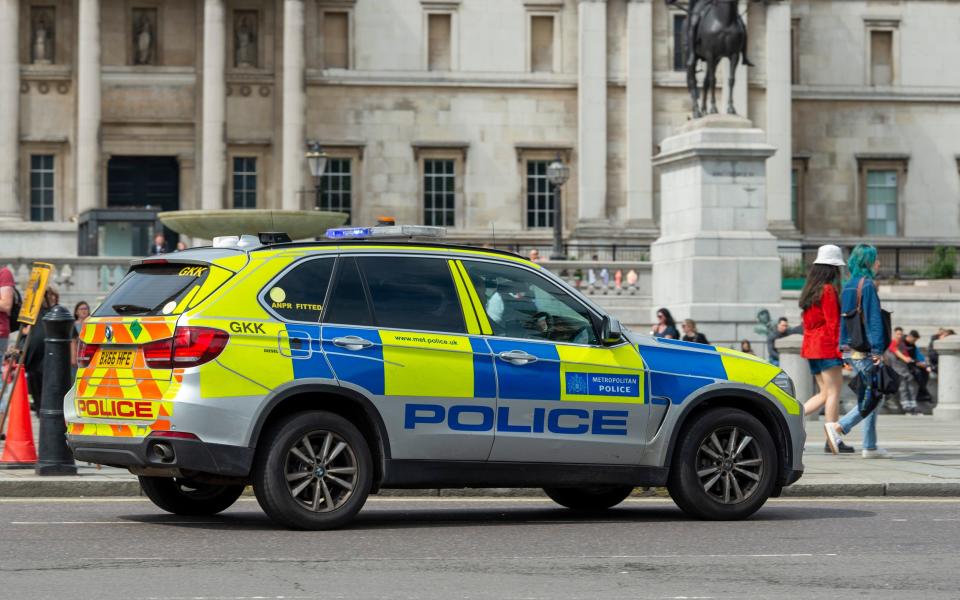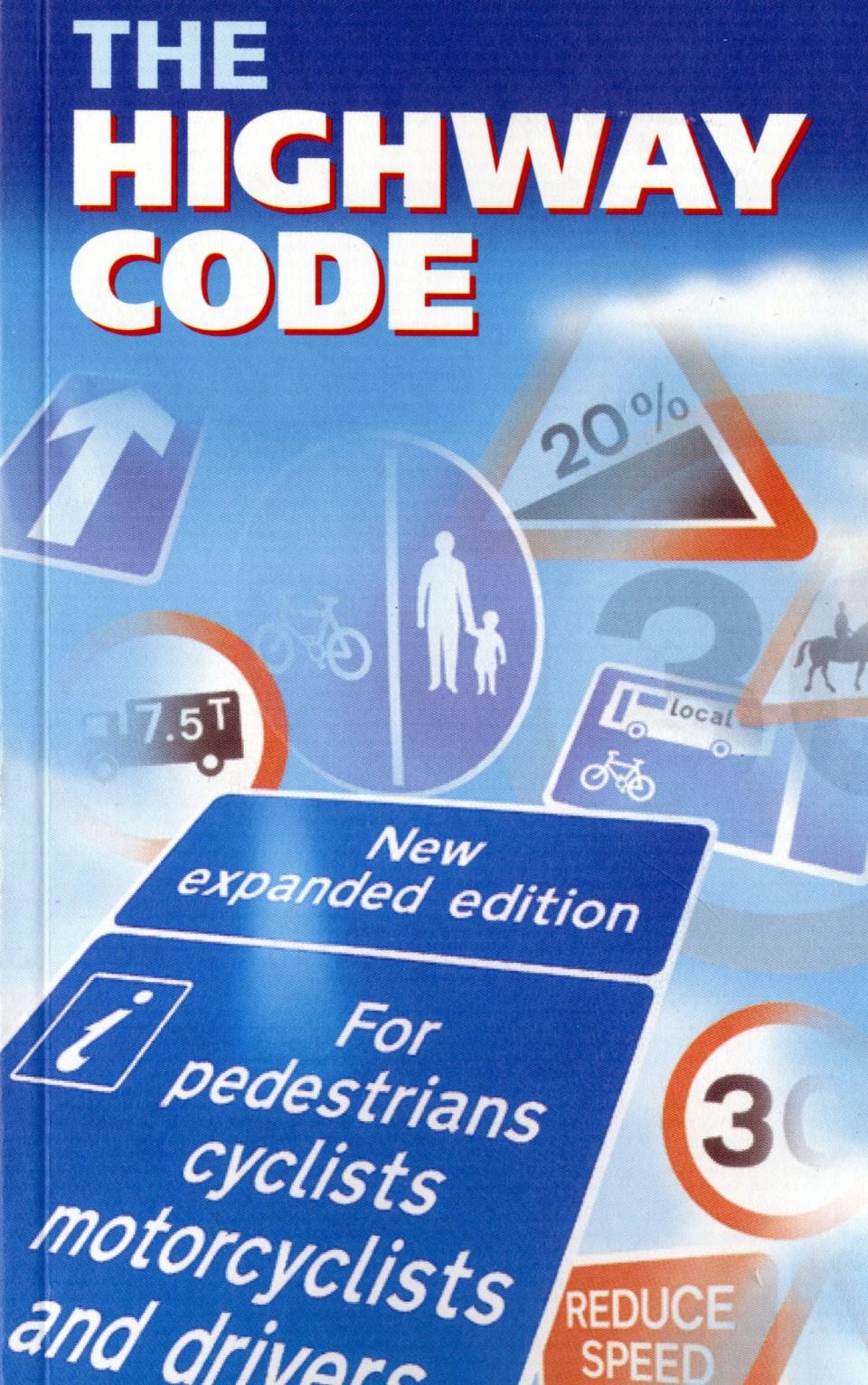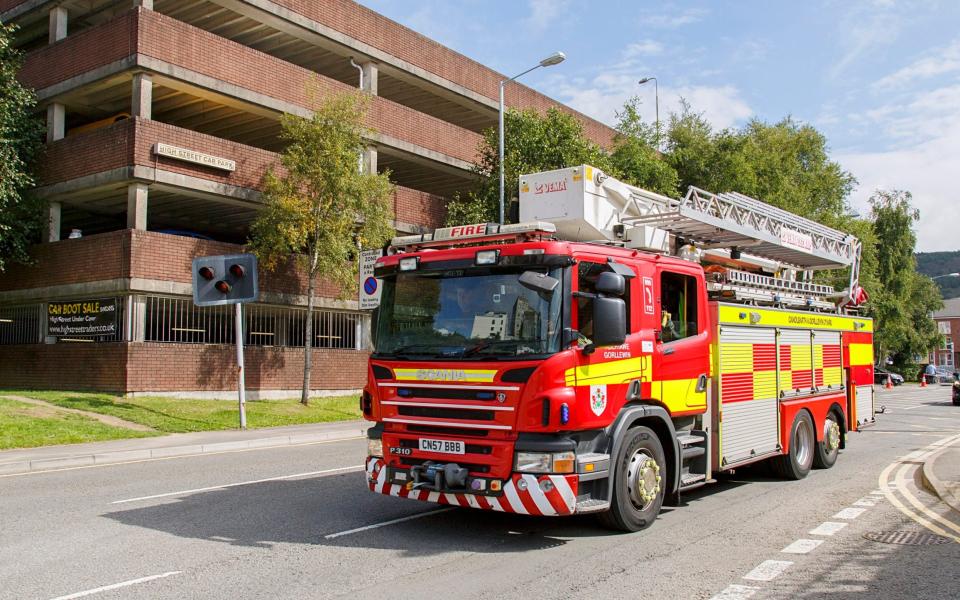How you can help the emergency services

It has happened to all of us at one time or another; a sudden realisation of two-tone horns or a blue flashing light indicating an emergency vehicle trying to make progress through traffic.
As drivers, our first reaction is to try to get out of the way as quickly as possible. The last thing we want is to hold up an ambulance, fire engine or police car on its way to an emergency call.
But what if we are on a single-carriageway road with solid double white lines along the centre and the emergency vehicle is heading towards us? Do we slow down, pull on to a pavement or grass verge? Even speed up, perhaps? In heavy traffic, should we go past a red traffic light, or maybe pull over into a bus lane, to get out of the way?
A Fixed Penalty Notice (FPN) is likely to threaten a fine of £100 with three penalty points added to your driving licence. The law states we must take action to let any emergency vehicle pass, while remembering that we need to keep within the letter of the law in doing so. Quite simply, if we pass a red light to make space, enter a bus lane or yellow box junction we will be committing an offence and we are likely to be prosecuted.

The fact is that most drivers don’t realise that getting out of the way of any emergency vehicle as you are advised to do could indeed lead to you receiving a fine if you do it incorrectly.
It's not only police, fire and ambulance
The official list of authorised emergency vehicles also includes a doctor’s car flashing a green light, and authorised incident support cars using flashing amber lights. These can include fire trucks and vans, Forestry Commission vehicles (when fighting fires), Ministry of Defence or Special Forces vehicles, HM Coastguard, RNLI Lifeboat launching vehicles, Mountain Rescue and HM Revenue and Customs (when investigating a serious crime), along with any vehicle that is operating a red, green or blue light while in convoy or in support of these emergency services.
Vehicles with flashing blue lights are exempt from many of the normal road traffic regulations when proceeding to or at the scene of an emergency, including having to stop at red lights, driving on the correct side of the road and obeying the speed limit.
Doctors on emergency calls and Crown Estate wardens, however, are allowed to use green emergency lights but the law allows no special exemptions from normal traffic laws.
The Highway Code under rule 129 reminds us that drivers of emergency vehicles are highly trained professionals who are used to dealing with awkward situations on the road; it’s just that they are allowed to use bus lanes and pass red traffic lights, while we are not.

From an emergency driver’s perspective, it’s up to them how they grade the emergency call they are on and they usually only travel at maximum speed with full “blues and twos” (shorthand for blue flashing lights and a two-tone siren) for the most urgent of calls. Should they be involved in a crash, they would have to justify the speed at which they were travelling.
If the police decide to prosecute us for the offence and we choose to challenge that decision, it will ultimately be a matter for a court to decide. If we end up being prosecuted in a court of law, it will be up to us to prove that the reason we broke the rules of the road was to clear a path for an emergency vehicle.
Unfortunately even if we are successful, we will still have an uncomfortable period of time and worry before our court appearance. Evidence that we broke the rules of the road to allow an emergency vehicle through may be considered as mitigation, but there is no guarantee of that.
The correct practice
This dilemma, where no two scenarios are ever the same, can no doubt be stressful but the law advises that in such a situation we should not drive on the pavement or on to a grass verge (there may be hidden ditches), nor speed up to get out of the way, drive into a bus lane or stop in the middle of a junction.
Rule 219 of the Highway Code states: “We should also consider the route of such a vehicle and take appropriate action to let it pass, while complying with all traffic signs. If necessary, pull to the side of the road and stop, but try to avoid stopping before the brow of a hill, a bend or narrow section of road’.
Nor should we brake harshly when approaching a junction or roundabout, as the driver of a following (non-emergency) vehicle may be less alert and a collision could ensue. Any clear indication we can offer allows other drivers and the emergency vehicle driver to know our intentions - remembering, of course, to check our mirrors before moving off as there may be several emergency units travelling in convoy.

On a motorway or dual carriageway, the law advises us to pull to the nearside lane, using the same advice as above. As the traffic is travelling at a faster speed it’s important we make other drivers and the emergency service vehicle aware that we are moving across the carriageway.
If all three lanes are blocked, as is often the case, then the emergency vehicle will attempt to use the hard shoulder, a lane that regular drivers should only use in an emergency (unless signalled otherwise on a smart motorway). Stopping our car immediately is rarely the best course of action, because emergency vehicles will then have to weave around us.
The Emergency Workers (Obstruction) Act 2006 states that it is an offence to obstruct or hinder emergency services vehicles. However, that doesn’t mean we should commit a driving offence to do so.
In other words, while we should make every effort to let the emergency vehicle pass, we simply shouldn’t if the only way to do so is by breaking the law.
If you suspect you might have committed an offence in allowing the passage of an emergency vehicle, note the location and the time of the incident and what type of vehicle was involved. As with any traffic incident, a registration number is ideal.
In the heat of the moment, a witness is unlikely but could save your licence. While at the scene, check for any CCTV cameras that may have captured the incident. While these are used mainly to assist in prosecuting offenders, in this instance they can also protect well-intentioned drivers.
Dashcam footage can be presented in court, although with such strong evidence any offence is unlikely to reach a hearing.
It is estimated that more than 68 per cent of drivers who claim their offence occurred due to a passing emergency vehicle had no evidence to support their case. Of the 32 per cent who could present reasonable evidence, most cases were dismissed.
For new and used buying guides, tips and expert advice, visit our Advice section, or sign up to our newsletter here
To talk all things motoring with the Telegraph Cars team join the Telegraph Motoring Club Facebook group here

